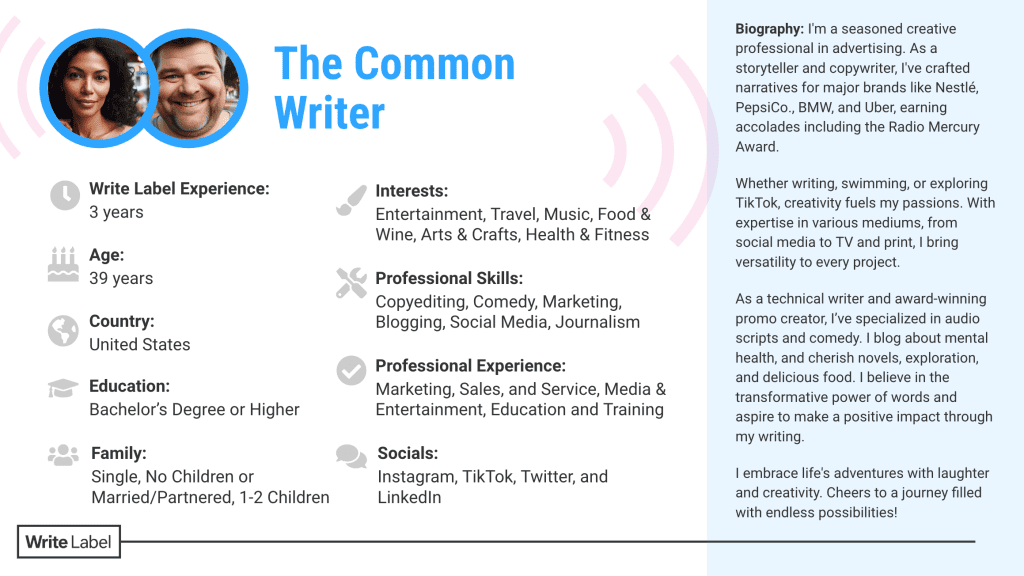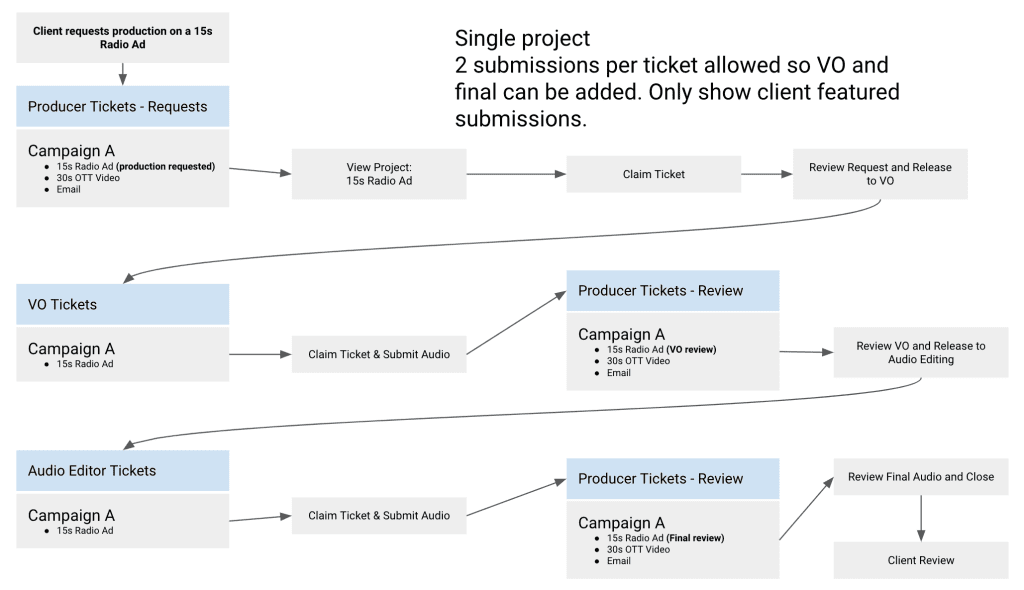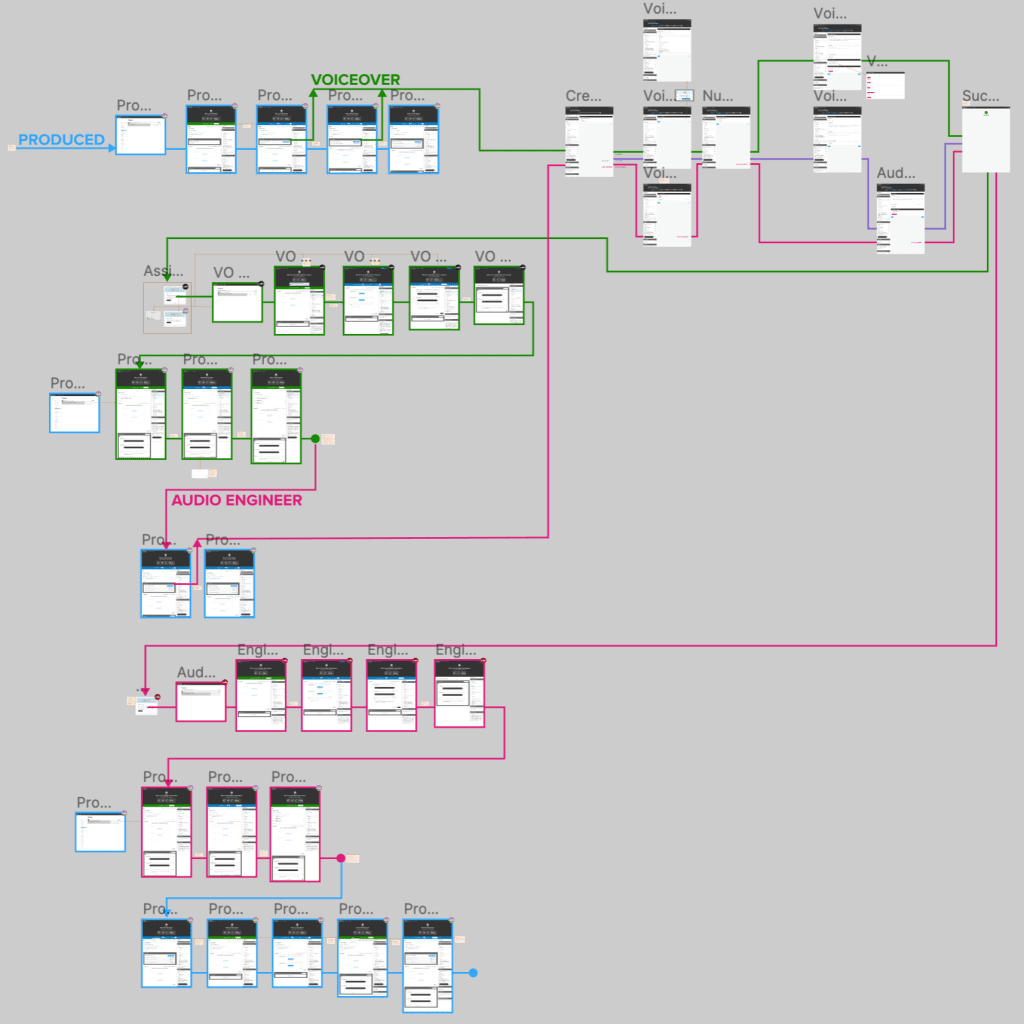PROCESS
Discovery
I seek to deeply understand the problem to solve because I know the better I can define the problem, the better the solution will be. I will seek after stakeholders, customers, clients, users, and anyone affected by the issue or who would use the product and ask for feedback and insight.
Discovery can also include researching the following:
- User studies or surveys
- User personas
- Existing solutions
- Competition or market analysis
- Sources of inspiration
- Internal or external data analysis


This early stage is also a good time to meet with the engineers to understand existing technical capabilities and limitations as they relate to the problem.
Beyond defining the problem, it’s also helpful for me to understand the desired outcomes from both a business and end-user perspective. Aside from generating revenue, I seek to understand how a solution could serve the company’s mission. Understanding how a solution can benefit the customer is important as that should be the driving force.
Ideation
Once I have a good grasp on the problem, I will begin to formulate solutions using various methods depending on the project including the following
Outlining – writing down the steps on how a solution works. Writing a user manual as if the solution already exists helps me to find holes or hurdles it may have.
Workflow / Journey Map – building a diagram of the workflow or path of the customer helps me explore the architecture or logic of a potential solution. This is also where I may find obstacles to consider.
Wireframe / Sketch – Sometimes it’s better to quickly sketch through an idea on paper or throw some crude designs together to see if an idea has merit.


Once an idea begins to solidify, I review it with the necessary stakeholders for buy-in. It’s important at this stage to present ideas with purpose by reviewing with stakeholders the intent of each design decision as well as the problem definition and desired outcomes that came from discovery.
Design
By this stage, we are confident enough in the solution that I begin to design production-ready UI for the solution using components from our design system. I will also define any new design patterns to support the solution.
Design tools I’ve used for building interfaces and prototypes:
- Figma
- Sketch
- Adobe XD
Depending on the project, I may decide that user testing is necessary to validate the solution further. Tools I’ve used to achieve user testing are:
- Useberry
- UserTesting.com
- HotJar
- SurveyMonkey
Adjustments are made to the design based on feedback. Every possible state is considered and accounted for in the design including empty states, filled states, error states, etc.


Development
The engineering team is consulted throughout the project to ensure proper estimation of effort and understanding of requirements.
Depending on the team structure, I may be the person also creating each user story related to the project as well as outlining all acceptance criteria for engineers to follow.
As the engineering team is executing the design, I am following along in daily stand-ups and answering any questions.
Once the project is working in the staging environment, I will validate if the acceptance criteria have been met. I will log bugs myself or work with the QA team to do so.
Follow-up and Iteration
Once validated that the solution is properly executed and working, it will be deployed to production. In some cases, it may first go into beta.
As the solution is used in the days and weeks after deployment, I will monitor usage and gather feedback.
In some cases, iterations or phases are planned for a solution. Based on feedback from the previous iteration, we will plan the work and design for the next iteration and repeat the process I outlined above.